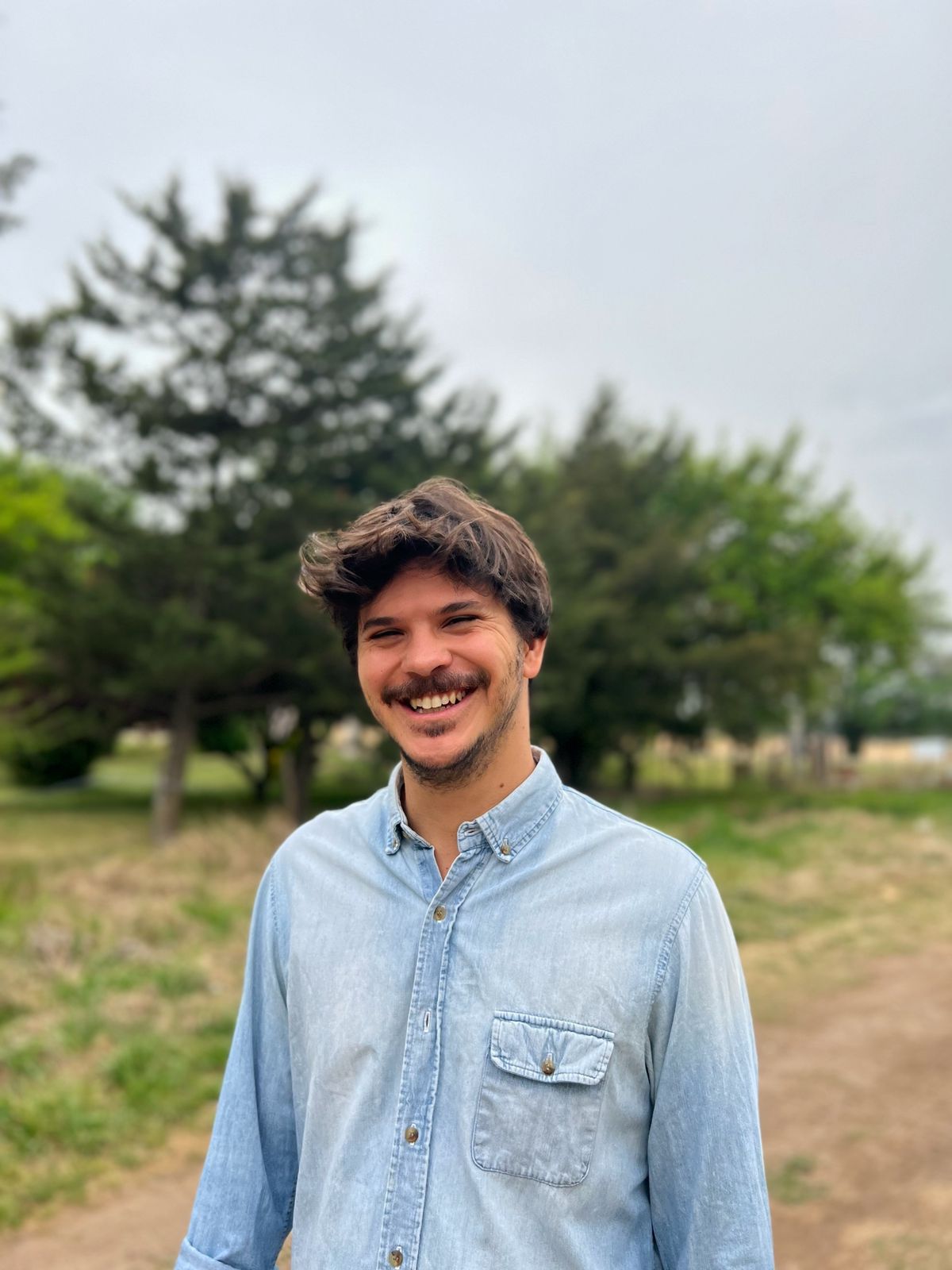The success of a business often hinges on the strength and clarity of its partnership ecosystem.
For SaaS companies, the ability to monitor implementation progress, milestone achievements, and service usage translates into a robust understanding of customer satisfaction and service health. This is particularly vital as companies approach renewal periods, where the accumulated data provides a predictive look into future engagements.
As we move towards more integrated and customer-centric business models, data becomes increasingly critical in sculpting strong, enduring, and mutually beneficial partnerships.
Here’s a quick guide to making that happen.
Implementation and Milestone Tracking
When partners are responsible for implementing software solutions, clear timelines and deliverables must be communicated. This is where shared documentation and regular checkpoints become invaluable.
Providing real-time insights ensures the project’s progression, aligning everyone from the client success teams to the partners. This is crucial mainly as milestones often trigger subsequent actions in the customer journey.
Enhancing Service Usage Visibility
Visibility into how customers utilize ongoing maintenance and enhancement services is a critical component of the partnership ecosystem. It’s not just about providing these services but understanding and measuring their uptake and effectiveness.
Here’s how enhanced service usage visibility can impact renewals:
- Predictive Analytics for Renewal Outcomes: By analyzing service usage patterns, companies can predict which customers are likely to renew based on their engagement level.
- Tailored Customer Experiences: Service usage data enables businesses to customize the customer experience, ensuring clients receive the attention and resources they need.
- Identification of Upsell Opportunities: Regularly gaining insight into how customers consume services reveals potential opportunities to upsell additional features or service tiers.
- Proactive Service Adjustments: Companies can use service usage data to address potential issues before they become roadblocks to renewal proactively.
When customers actively engage with the services provided, it strongly indicates the value they receive from the partnership. By maintaining a transparent view of service usage, SaaS businesses and their partners can not only improve their current offerings but also strategically plan for customer retention and growth.
Assessing Partner Influence on Customer Satisfaction
SaaS partners are also interested in customer satisfaction, which makes its measurement crucial. Here are the three most common customer satisfaction metrics to track:

- Customer Effort Score (CES): Gauge how much effort a customer has to expend to get their issues resolved or needs met. Lower effort typically correlates with higher satisfaction.
- Direct Feedback Tools: Implementing tools like Customer Satisfaction Scores (CSAT) and Net Promoter Scores (NPS) can capture direct feedback on the partner’s performance.
- Customer Churn Rate: Monitor the rate customers stop doing business with your company. A lower churn rate can indicate higher satisfaction and vice versa.
- Customer Lifetime Value (CLV): Calculate the total revenue a business can expect from a single customer account. Higher CLV often reflects a satisfied and loyal customer base.
These metrics can be delivered through integrated dashboards, regular reporting, and feedback sessions, helping your partners gain visibility into customer satisfaction. By leveraging these metrics, businesses can improve customer experience and ensure higher satisfaction.
Systematizing Partner Data Collection
To harness the full potential of a partnership ecosystem, systematizing data collection is a strategic necessity. This involves creating a standardized process for partners to report on implementation, service usage, and customer satisfaction.
One practical approach is implementing a centralized platform where all partner interactions and customer feedback are logged and accessible. This allows for a consistent and streamlined collection of data across the board.
This can include structured templates for reporting and predefined intervals for data submission.
By making the data collection process as seamless as possible, companies encourage compliance and participation from partners. Active engagement of partners in the data collection process cultivates a culture of transparency and mutual accountability, essential for long-term success.
Conclusion
From implementation to customer satisfaction, the insights derived from systematic data collection are invaluable. They empower companies to make informed decisions, tailor customer experiences, and strengthen service offerings. It’s through these collaborative and data-informed relationships that companies can not only survive but also flourish in the competitive SaaS landscape.
Join The 1850+ Leaders Transforming Partnerships
As a member of Partnership Leaders you will:
- Build and learn with the top partner people at the best companies around the world.
- Increase your impact and accelerate your career with proven resources, tools, and best practices.
- Grow a network of peers, partners, and advisors with common objectives.

